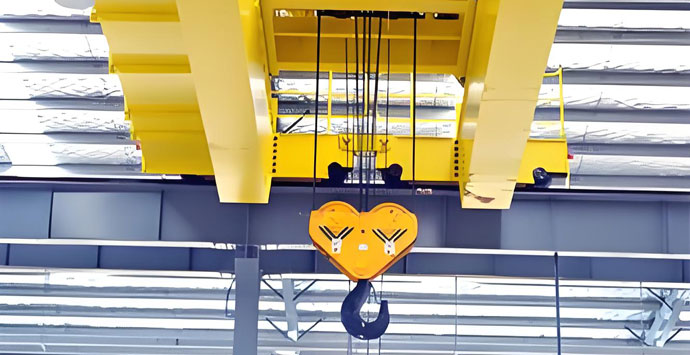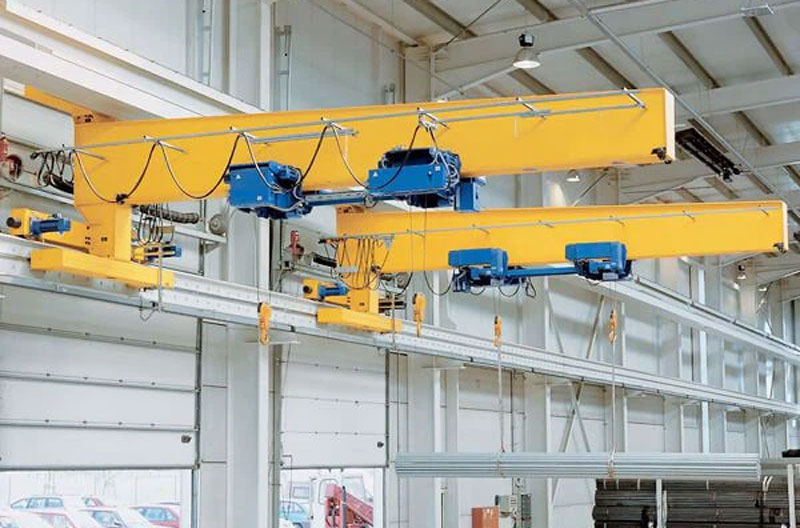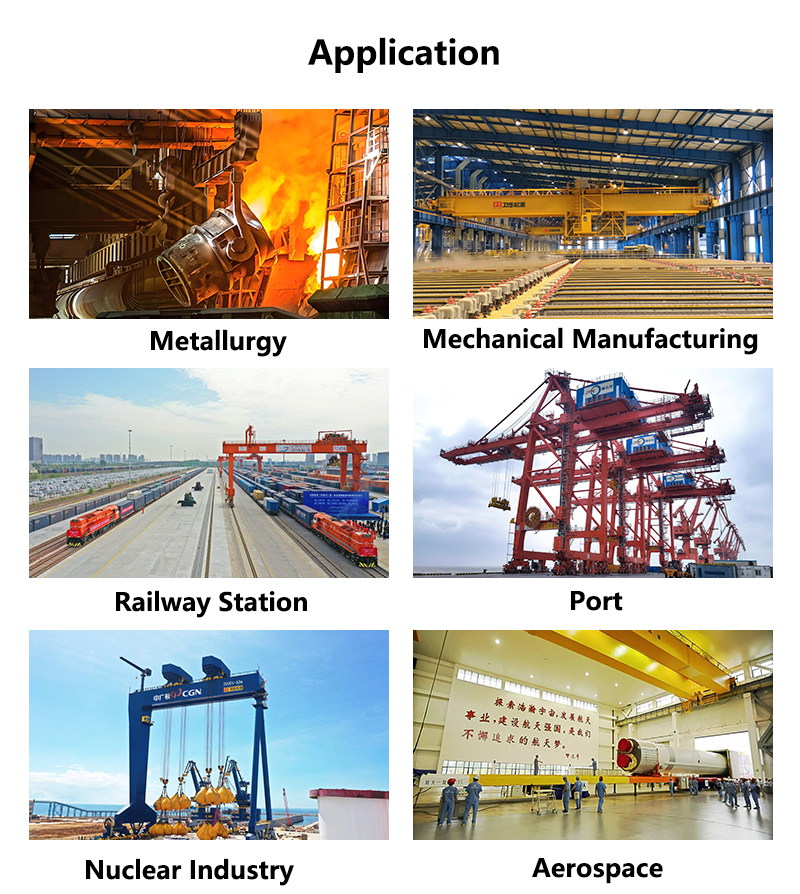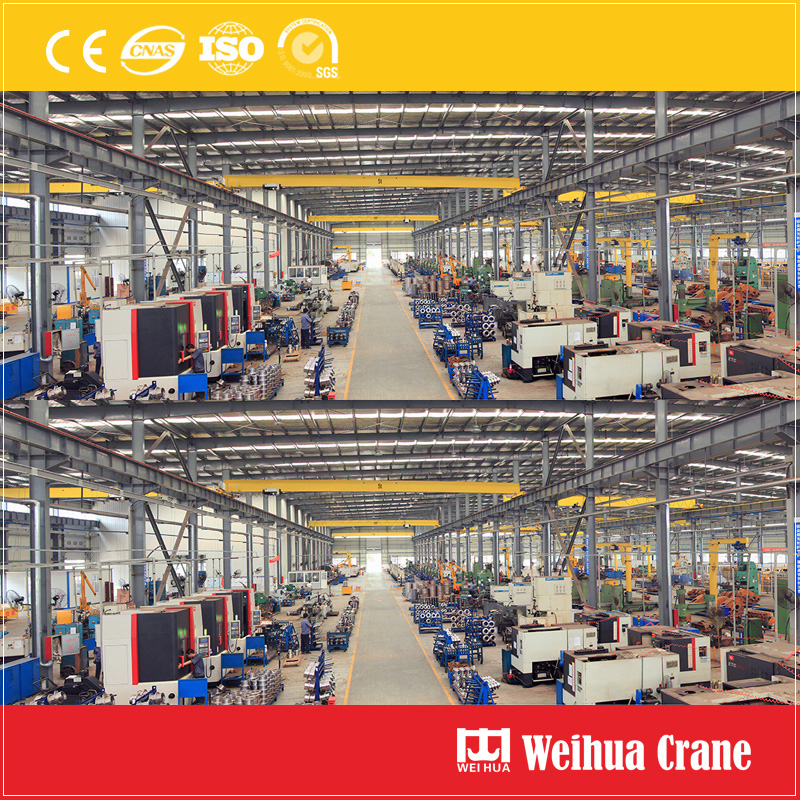Crane hooks are critical load-bearing components in lifting systems, designed to carry heavy loads safely and efficiently. しかし, like any mechanical part subjected to repeated stress, crane hooks can fail if not properly designed, used, 維持されています. a crane hook failure analysis report is essential for identifying the root cause of such failures and preventing future incidents.
Crane hook failures can lead to severe safety hazards, operational downtime, and financial losses. Conducting a thorough failure analysis helps to:
1. Identify the exact cause of the failure
2. Improve future hook design and manufacturing processes
3. Enhance safety protocols for lifting operations
4. Comply with industry safety standards and legal requirements

Based on industry case studies and engineering investigations, the following are the most frequent causes:
1. Material Defects – Inclusions, porosity, or improper heat treatment can weaken the hook.
2. Overloading – Exceeding the Safe Working Load (SWL) leads to plastic deformation or fracture.
3. Fatigue Cracks – Repeated cyclic loading over time can initiate micro-cracks, eventually leading to catastrophic failure.
4. Corrosion – Exposure to harsh environments can reduce material strength.
5. Improper Maintenance – Lack of regular inspection and lubrication accelerates wear and damage.

A professional failure analysis typically involves the following stages:
1. 目視検査
Initial observation of the broken hook, including fracture surface patterns, 変形, and wear marks.
2. Dimensional Measurement
Checking the hook’s throat opening, 着る, and dimensional changes against manufacturer specifications.
3. 材料テスト
Chemical Composition Analysis to verify compliance with standards.
Hardness Testing to assess heat treatment quality.
4. 非破壊検査 (NDT)
Methods like Magnetic Particle Testing (MPT) または超音波検査 (ut) are used to detect internal cracks without damaging the part.
5. Fractography & Microscopic Examination
Scanning Electron Microscopy (SEM) or optical microscopy to study fracture surfaces and identify fatigue striations or brittle fracture features.
6. Load History Review
Checking maintenance logs, operational records, and lifting cycles to determine loading patterns and potential overload incidents.
7. Root Cause Determination
Combining test results, material data, and operational history to conclude whether failure was due to design flaw, manufacturing defect, improper use, or inadequate maintenance.

A detailed crane hook failure analysis report not only identifies the cause but also provides actionable recommendations, のような:
1. Using higher-grade alloy steels with proper heat treatment.
2. Implementing strict load monitoring systems.
3. Conducting regular NDT inspections.
4. Training operators on correct lifting practices.
5. Applying protective coatings for corrosion resistance.


a クレーンフック failure is never just a mechanical issue—it is a serious safety concern. By conducting a comprehensive crane hook failure analysis report, industries can prevent future accidents, enhance operational safety, and ensure compliance with lifting equipment standards. The cost of a professional analysis is negligible compared to the potential consequences of another failure.
私たちはあなたのフィードバックを大切にします! あなたの特定のニーズに合わせてサービスを調整できるように、以下のフォームに記入してください.

最新のコメント